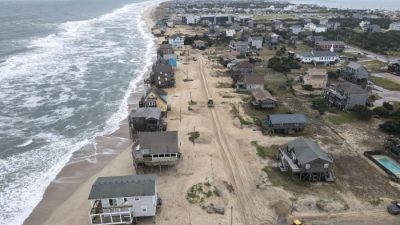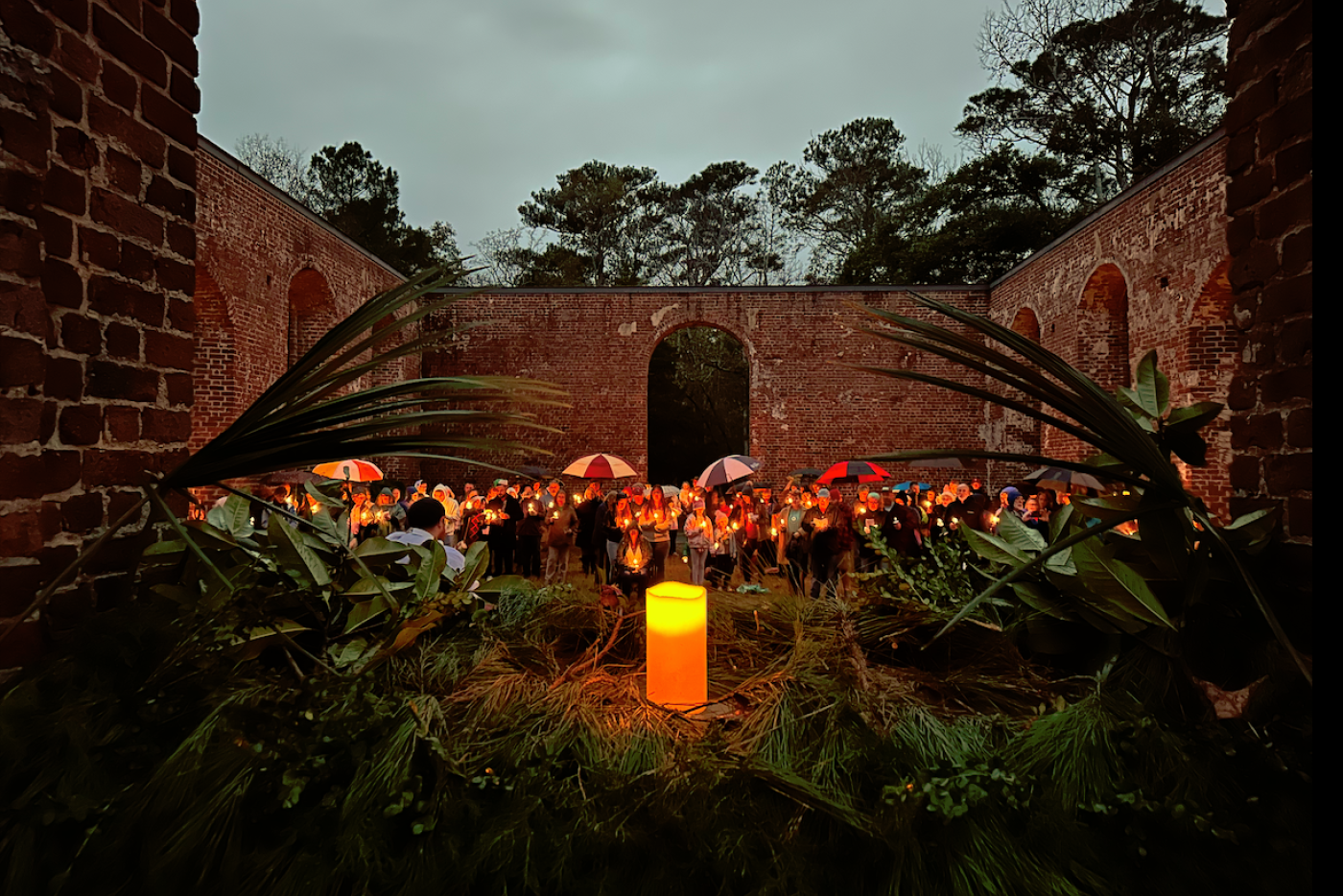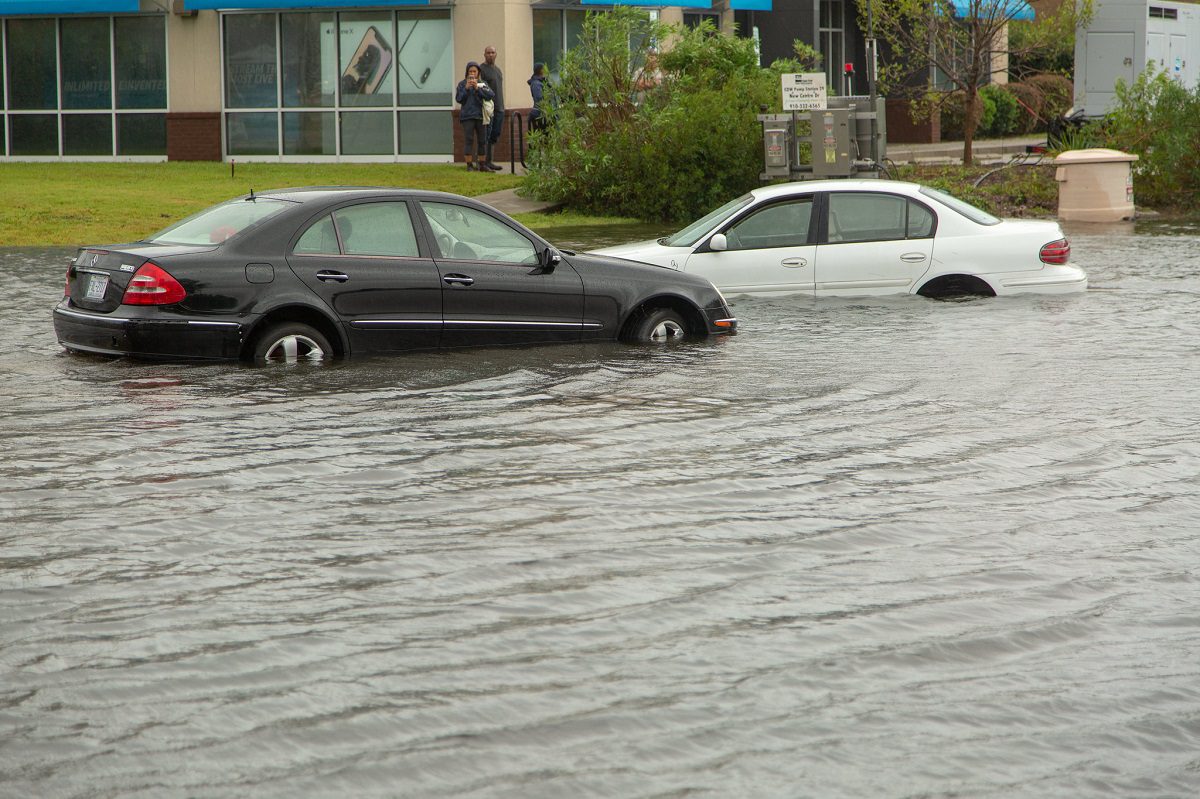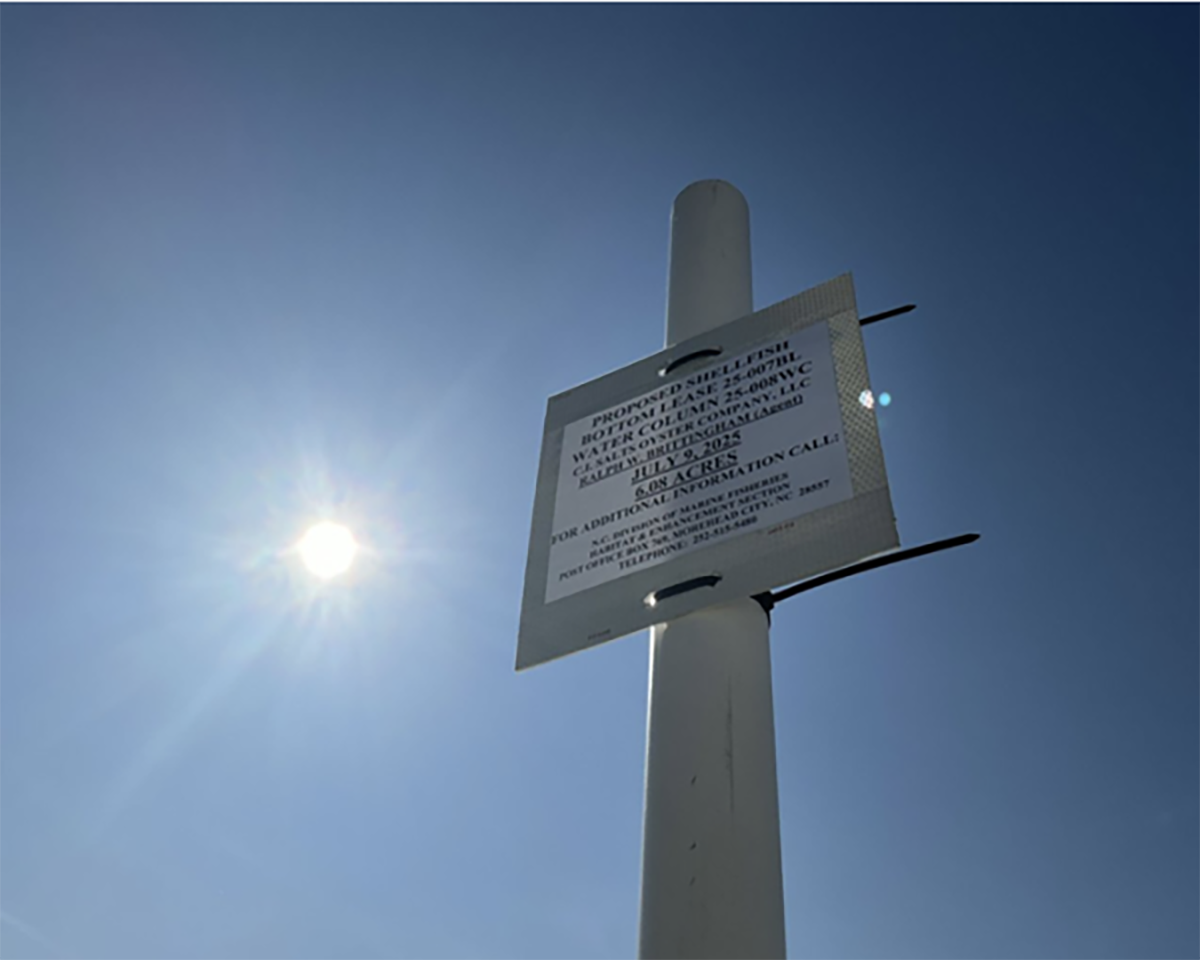
Reprinted from Island Free Press
Dare County Board of Commissioners unanimously approved at their Tuesday meeting in Manteo taking steps toward a new feasibility study to determine the precise costs of performing a beach nourishment project in Rodanthe.
Supporter Spotlight
“We have a feasibility study from 2013, and obviously, the beach looks a little different since then,” Dare County Grants and Waterways Administrator Barton Grover said at Tuesday’s meeting. “So we would have a consultant or engineer go out there, resurvey the beach, and get the estimated volumes (of sand) that are being lost per year, and the erosion rate … With that, we will give you the estimated cost for a Rodanthe beach nourishment project.”
The study will begin in about six months, and the cost is in the $30,000 to $34,000 range, with the North Carolina’s Department of Environmental Quality’s Division of Coastal Management, or DCM, providing $25,000 of the funds required.
“If we do have any intention down the road of doing something — and as we’re trying to prioritize (beach nourishment) projects — we’ll have to know the scale to set those priorities,” County Manager Bobby Outten said at the meeting. “This is an opportunity for us to (have this exact information) and DCM is willing to help us.”
“It’s just one little small step to take a look and tell us what the costs are,” Grover said.
The study will be conducted by Coastal Science & Engineering Inc. based in Columbia, South Carolina, which has performed similar surveys for beach nourishment projects along the Outer Banks. The results will identify the total length of a project, likely in the 2-mile range, as well as the volume of sand that would be required.
Supporter Spotlight
The study is an initial step in any Dare County beach nourishment project, but it does not guarantee that a nourishment project will occur. Instead, it will give the county an exact estimate of the costs involved, and will help with future decisions, if and when funds are available for additional projects.
Per a November Coastal Review article, Rodanthe has one of the highest beach erosion rates on the Outer Banks. Between 1998 and 2022, the average annual rate of erosion on Ocean Drive in Rodanthe ranged from 9 to 12 feet. In Buxton, another highly eroding shoreline that was renourished in 2022, the erosion rate over that same period averaged about 6.8 feet.
“We need an updated look at the erosion rates,” Outten said after the board meeting, noting that while the county’s beach nourishment projects tend to cost around $10 million per mile, a Rodanthe project would likely be more expensive. “The issue we have there is that the erosion rates are accelerated, so those costs are going to be more.”
Dare County’s beach nourishment projects usually take two to five years to come to fruition. After a feasibility study, applicable permits are needed to proceed, and a special tax district must be formed in order for residents in the affected area to pay for a portion of the costs. Residents in zones that border Dare County’s beach nourishment projects typically pay around 50% of the total cost of the project.
“The tax base in Rodanthe is so small that it really won’t generate a significant amount of the costs – maybe a million dollars or less for what would be a $25 million or $30 million project,” Outten said.
These details and more will be covered at a 6 p.m. Jan. 18 meeting in the Rodanthe-Waves-Salvo Community building. The meeting is to be livestreamed on YouTube.
Due to the six-month timeframe, the study’s results will not be available for the coming meeting. However, an overview of the logistics and funding models that have made previous beach nourishment projects possible will be presented at the Jan. 18 event.
“For our meeting down in Rodanthe on the 18th, (we have) a model so we can give the folks we’re talking to some idea of what we’re looking at, and what the obstacles are,” Outten said at the board meeting. “We obviously won’t have these real numbers by the 18th, but we’ll have a good ballpark number.”
The Jan. 18 community meeting was scheduled after several Rodanthe homeowners voiced their concerns during the public comment period of the Dec. 5 commissionrs meeting, and asked the board to orchestrate a new beach nourishment project in the Rodanthe area.
“We’re doing this to answer questions, and to let people know how the beach nourishment fund works, and how the model works to pay for future projects and for maintenance projects that have already been built,” Outten said. “We really need to get everyone educated on beach nourishment, so you don’t have rumors and conspiracy theories floating around.”
“The whole purpose of this is to let everyone know the facts as we move forward and work towards solutions, whatever they might be.”
This story is provided courtesy of the Island Free Press, a digital newspaper covering Hatteras and Ocracoke islands. Coastal Review is partnering with the Free Press to provide readers with more environmental and lifestyle stories of interest along our coast.








